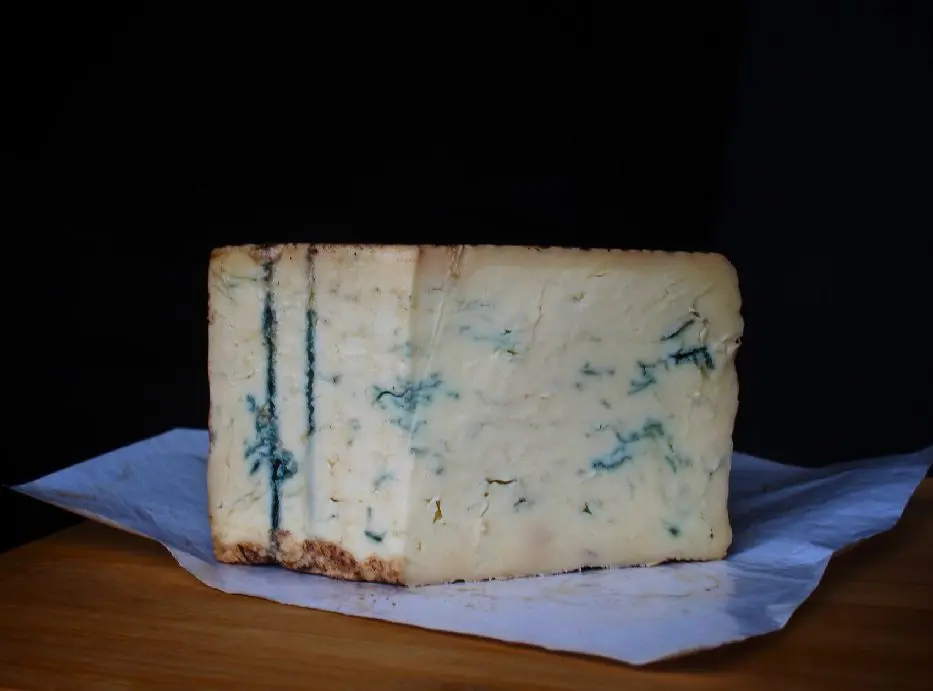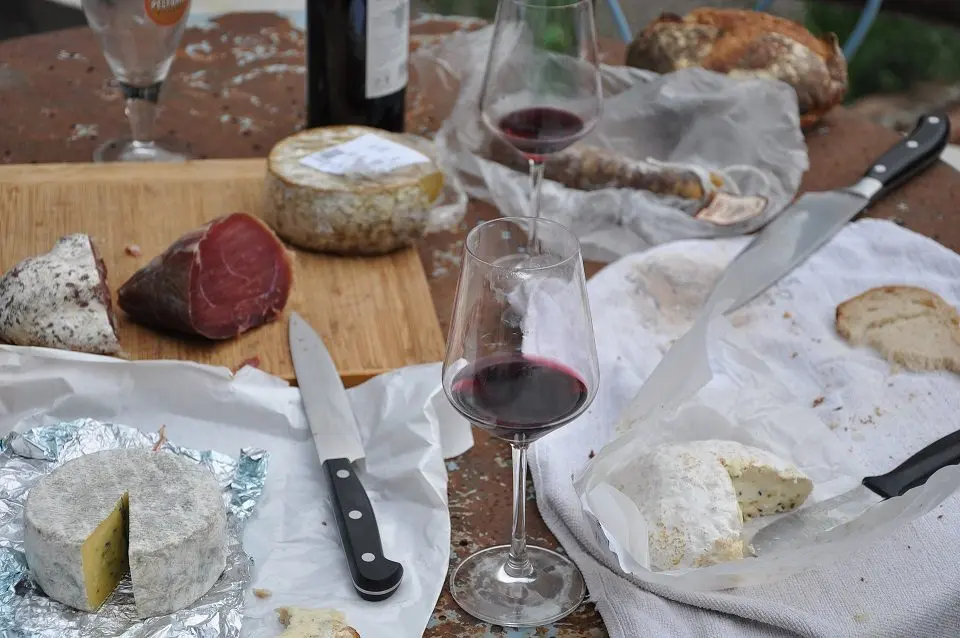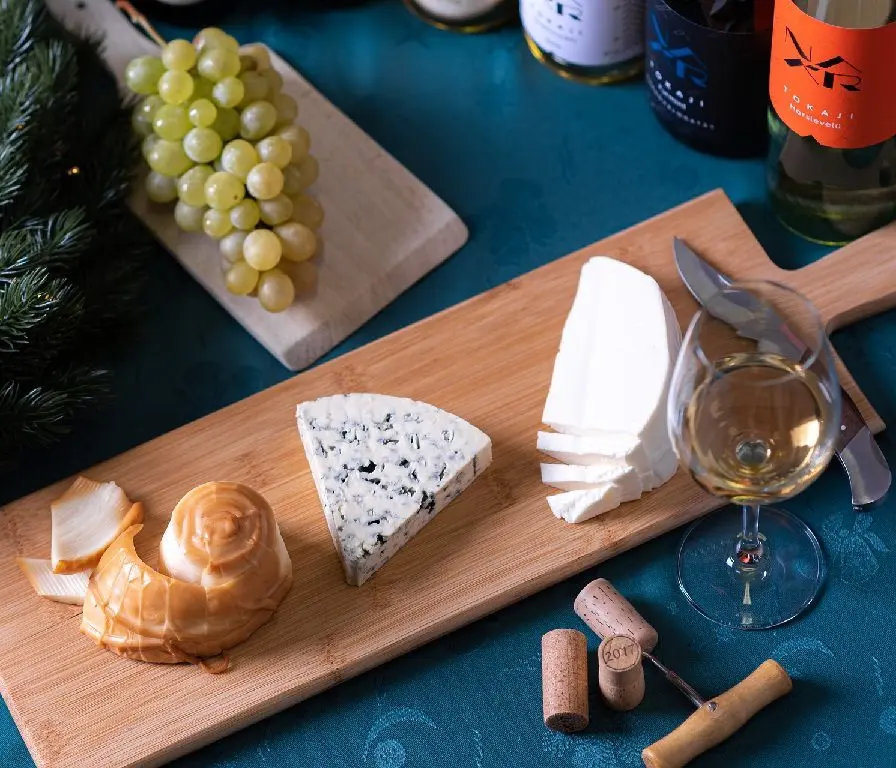Contents
Wine and cheese are a classic gastronomic combination. To choose the most successful pair, you need to take into account many parameters: the texture of the cheese, its aging and fat content. As for wine, not only the grape variety plays an important role here, but also the overall acidity, tannins, and bouquet.
Types of cheese
When choosing combinations, you can build on either cheese or wine.
Conventionally, cheese can be divided into 6 categories:
- Fresh cheese. Soft cheese without rind, made from cow’s, goat’s or sheep’s milk. Such products are not kept, but immediately sent to the counter. This category also includes cottage cheese and ricotta.
Representatives: Mozzarella, Buratta, Chevre goat cheese, Feta, Mascarpone, etc.
Pairings: young dry white wine (Chardonnay, Sauvignon Blanc, Pinot Blanc), very young red wine with fruity notes (Pinot Noir, Gamay), dry rose.
- Cheese with white mold. It has a viscous creamy texture, a soft crust and a characteristic aroma.
Representatives: Brie, Camembert, Robiola, etc.
Pairings: dry sparkling white wine (Brut Champagne), light-bodied young Chardonnay, Riesling, Chablis, dry light-bodied red wine (Pinot Noir, Barbera, Gamay, Cabernet Franc from the Loire Valley).
- Cheese with blue mold. It can be soft, semi-soft, and even hard. Always has a spicy taste.
Representatives: Gorgonzola, Roquefort, Stilton, etc.

Accompaniments: sweet white wines from grapes with noble mold (Barsac, Sauternes), dessert wines and late harvest wines, fortified reds (Madeira, Port wine).
- Pickled cheese. Aged in brine, beer or wine, can be soft or semi-soft, with a strongly pronounced musty aroma.
Representatives: Fontina, Epuas, Taleggio, etc.
Pairings: white sparkling dry wine, white still dry wine without barrel aging (Gewurztraminer, Pinot Gris), aromatic red wine (Pinot Noir).
- Semi-soft cheese. It can be cut into slices or melted for fondue.
Representatives: Gruyere, Gouda, Edam, etc.
Pairings: dry white wine, slightly aged in a barrel (Chardonnay, Pinot Gris, Rioja), “rustic” red wine without aging (young Bordeaux, Chianti).
- Hard cheese Always aged, most often crumbles under the knife, nutty notes are often felt in the aroma.
Representatives: Cheddar, Parmesan, Comte, etc.
Pairings: vintage sparkling white, sherry, aged and sharp red wine (Sangiovese, Nebiola, Rioja, Bordeaux).
Cheese for red wine
Traditionally, red wine is much more tannic and sharper than white wine, so it needs to be paired very carefully with cheese. The easiest way to find a successful gastronomic pair is among light, dry and fruity wines, such as Beaujolais, Pinot Noir, Cabernet Sauvignon, etc.

Aged and sharp wine can be served with the same sharp cheese – for example, hard varieties or cheese with blue mold.
White Wine Cheese
White wine suits cheese much better than red wine. In principle, almost any representative of this category can be served with any cheese, and there will be no particular trouble, especially when it comes to such universal varieties as Riesling, Sauvignon Blanc, Chardonnay, Pinot Grigio, Pinot Blanc.

Cheese for rose wine
A young rosé is best paired with fresh cheese; hard varieties can be served with an aged drink.
How to choose cheese for wine
Sommeliers and tasters recommend following these tips:
- No need to serve rare handmade cheese with expensive aged wine. Strange as it may seem, ordinary supermarket cheese and mid-range wine go together much better. Elite products have unique bouquets and aromas that are worth enjoying without interference.
- It is better to serve cheeses of the same category with the same wine: soft, moldy, hard, etc. If there is a selection of drinks on the table, the cheese plate can also be more varied.
- Additional snacks – crackers, a bread plate, fruit – help the cheese open up.
- Despite time-tested combinations (like blue cheese and port wine), there is no need to be afraid of experiments: any cheese can “sound” with almost any wine, especially white.
- If cheese is planned to be served after the main course, you need to make sure that it is combined with red wine. If the cheese plate is taken out after dessert, then it is washed down with sweet wines.
Finally, three universal principles:
- Texture combination. Light fresh cheese is served with light-bodied wine, soft and semi-soft – with medium-bodied, pickled and hard cheeses – with full-bodied.
- Opposites attract. Still adhering to the first principle, you can “play” with tastes: for example, serve spicy cheese with fruit wine.
- The region of production matters. Cheeses and wines from the same region are almost guaranteed to be the best pairing.









